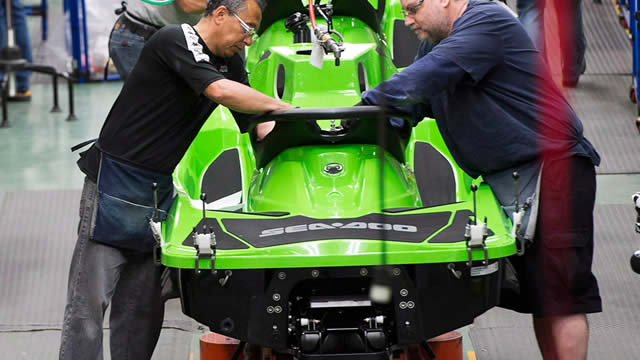A Leap Forward in Biotechnology: Kraig Labs’ Revolutionary Spider Silk
In the enchanting, intellectually vibrant town of Ann Arbor, Michigan, a scientific revolution is underway. Kraig Biocraft Laboratories, Inc. (KBLB), a trailblazing entity in the realm of spider silk biotechnology, has recently made headlines with an extraordinary scientific breakthrough.
The Groundbreaking Achievement
On a crisp March morning, Kraig Labs proudly announced the development of high-performance biomaterials derived from genetically engineered silk produced by transgenic silkworms. This achievement marks a significant milestone in the field of biotechnology, as spider silk, with its remarkable strength and elasticity, has long intrigued scientists for its potential applications in various industries.
The Science Behind the Innovation
Spider silk is a naturally occurring protein fiber, renowned for its exceptional properties. It boasts a tensile strength greater than steel, elasticity similar to rubber bands, and a lightweight structure. However, harvesting it from spiders has proven to be a challenge due to their reclusive nature and the labor-intensive process involved.
Through the wonders of modern science, Kraig Labs has successfully engineered silkworms to produce spider silk, making it possible to mass-produce this extraordinary material. This scientific feat is not only a testament to the brilliance of the Kraig Labs’ team but also opens up a world of possibilities in various sectors, from textiles to medicine and beyond.
The Impact on Your Life
- Textiles: The textile industry could witness a paradigm shift with the introduction of spider silk. Clothing made from spider silk would be stronger, lighter, and more breathable, offering unparalleled comfort and durability.
- Medical Applications: Spider silk’s biocompatibility and remarkable strength make it an ideal candidate for use in medical applications, such as sutures, bandages, and tissue engineering scaffolds.
- Aerospace: The aerospace industry could benefit from the development of lightweight, high-strength materials for use in aircraft components and insulation.
- Automotive: Spider silk could be used in the automotive industry for the production of lighter, stronger components, leading to improved fuel efficiency and reduced emissions.
The Impact on the World
- Sustainability: The mass production of spider silk through genetically engineered silkworms offers a sustainable alternative to traditional silk production, which relies on the harvesting of wild silk-producing spiders.
- Innovation and Technology: Kraig Labs’ achievement represents a significant leap forward in the field of biotechnology and could inspire further research and development in this area.
- Economic Opportunities: The commercialization of spider silk could lead to the creation of new industries and job opportunities, particularly in the areas of production, research, and development.
Conclusion
In the heart of Ann Arbor, Michigan, Kraig Biocraft Laboratories has unlocked the secrets of nature, paving the way for a future where spider silk, once the domain of spiders, becomes a readily available, mass-produced biomaterial. This groundbreaking achievement not only promises to revolutionize industries but also offers a glimpse into the limitless potential of biotechnology.
As we stand on the precipice of this scientific frontier, it is an exhilarating time to be alive. The possibilities are endless, and the future is bright. So, let us embrace this remarkable discovery with open arms and look forward to the myriad ways it will enrich our lives and transform the world as we know it.





